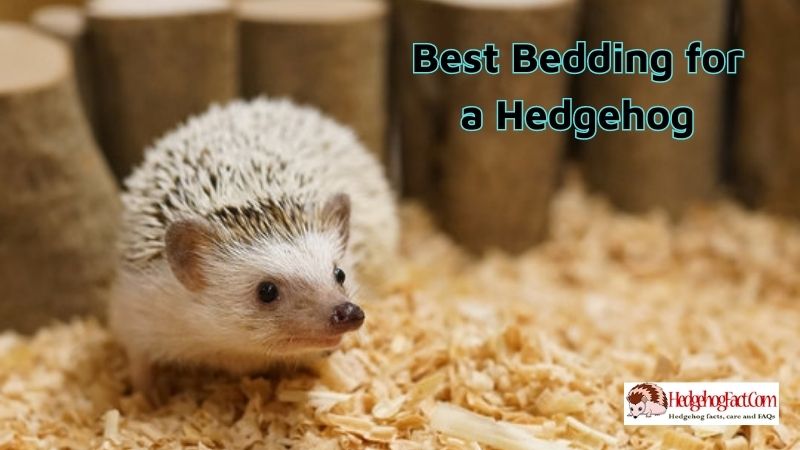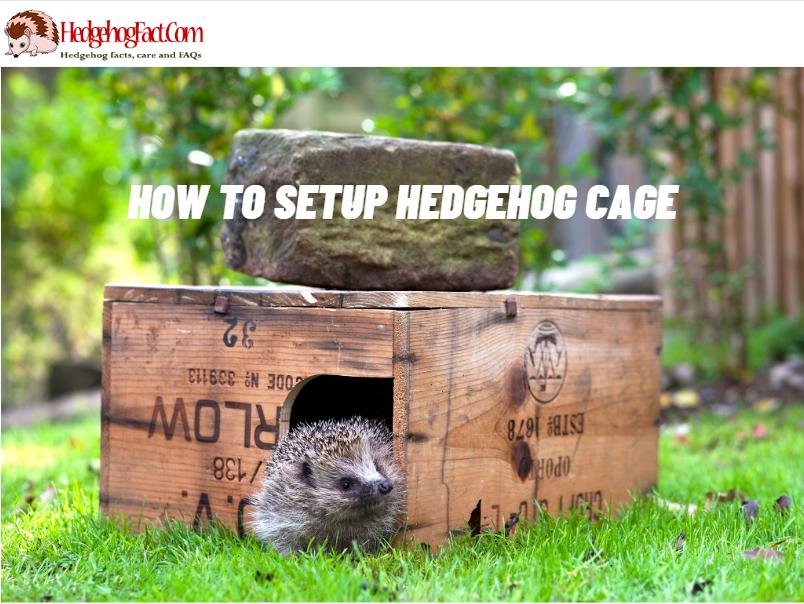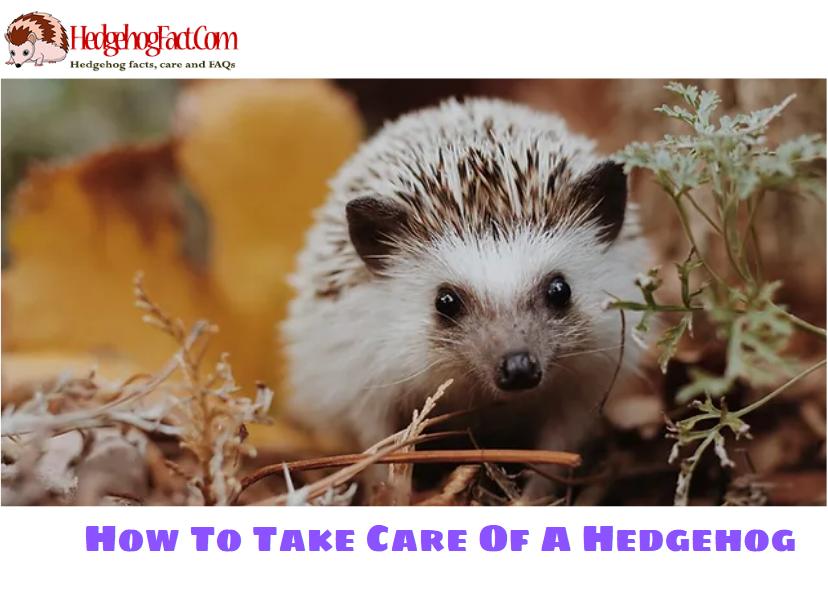As pet owners, we always strive to provide the best care and comfort for our furry friends. Whether it’s a dog, cat, or even a hedgehog, we want them to feel safe and cozy in their habitat. One crucial aspect of creating a comfortable home for our pets is choosing the right bedding. With so many options available, it can be overwhelming to decide what’s best bedding for a hedgehog. That’s why hedgehogfact have put together this guide to help you unveil the best bedding for your hedgehog.
What types of Hedgehog Nests are there?
There are two distinct types of hedgehog nests: summer and winter (or hibernacula).
Summer nests
Compared to winter nests, summer nests are typically less insulated and more fragile. Typically, summer nests are haphazardly constructed balls of grass and leaves.
Winter Hibernation nests or Hibernacula
Hibernacula, on the other hand, are more densely woven buildings with walls that are several centimeters thick and have widths that range from 18 inches to 3 feet. They can be up to 60 cm (2 feet) in diameter and are made of strategically placed leaves, twigs, grass, and other plant debris. Hibernacula is very well insulated and waterproof. The biggest, warmest, and most durable nests are hibernacula, which are constructed for the winter.
Depending on the amount of dry material available, different animals have different hibernaculum construction times. Periods in literature might be as short as one day or as long as three or four.
The nesting materials seem to be ‘brushed’ into form by the hedgehog’s paws and spines. Observations of captive hogs show that they start building nests at roughly three weeks of age and reach mastery by around eight weeks, suggesting that the “art” of nesting appears to be developing quickly. Depending on the area and individual, nests might be closely spaced or grouped.
What is the Best Bedding for a Hedgehog?
1. Natural Solutions
Hedgehogs feed on medium-sized leaves from deciduous trees like oak, alder, beech, or lime in their natural habitat. To create the nest’s walls, they appear to cling together best. Additionally, they effectively trap air between layers to offer superior insulation. Hay, straw, and other plant products are additional materials.
You may simply tidy up your garden in the fall if you’re fortunate enough to have a sizable one with old trees and shrubs. Don’t trim your border; leave the leaves on the ground. And you’ll give your hedgehog the nicest bedding available.
You can go on a foraging expedition in the nearby countryside if your garden doesn’t have a lot of natural nesting materials. To feed the hogs in your garden, gather a mound of leaves and other plant materials.
Hedgehogs benefit from the use of hay as a filler. Longer strands are better because you can more easily “knit” the hedgehog into a nest with them. separation of the dust, or even double separation. Hay does not contain a lot of dust. However, it can be rather dusty once it has been cut, harvested, and transformed into hay. The critters that nest there may become irritated and have respiratory problems as a result. So search for hay with a filter or de-dust label.
Another excellent option is straw. Straw makes sense as a purchase option because hedgehogs naturally accumulate it as litter. Some individuals are concerned that the hedgehog’s eye could be irritated by the straw’s tip. We can’t see that a small amount of straw will disturb hedgehogs because they are blind, but because they can navigate through hedges and thorny plants safely in the dark.
Hay and straw work well as litter for an indoor hedgehog box, but you can also use sheepskin shavings or litter made for other tiny animals.
2. Available Products
Fabric Bedding Options
Hedgehogs love to hide, therefore many owners purchase materials like fleece, pillowcases, or towels to place in their cages. In addition to being able to be cleaned and reused, fabrics can have virtually any color or design you might like. Hedgehog handling tools made of cloth are also common since they shield you from their sharp spikes.
Kaytee Clean & Cozy
When you first open the bag of bedding, you won’t get what you see because it expands to three times its original size. Just a small amount can flood the bottom of your hedgehog cage when you remove the liner because it appears to multiply as you do so. Additionally, it is incredibly absorbent, holding up to four times its weight in liquids. This means that you should be able to go at least a week without changing your bed sheets because they shouldn’t smell bad or get soiled.
CareFresh Ultraby Healthy Pet
For a variety of reasons, this bedding is excellent for hedgehogs. It is not only dust-free and dust-free, but it is also soft and absorbent and manufactured from recycled paper. Additionally, this bedding is available in a range of vibrant hues for people who enjoy a little color. Although the hedgehog enjoys curling up and cuddling in this plush cushion in the cage, there are some drawbacks. This lining is so delicate and light that it frequently becomes tangled in the hedgehog’s spines, especially after a wash.
Aspen shavings
It is a good wood, aspen. In addition to its low cost, many owners appreciate the absorbency and smell it provides. Aspen has some drawbacks, most notably dust and the tendency to attach to objects like your hedgehog’s blanket. Select aspen over other wood planer options if you require inexpensive bedding for a brief period of time.

Final Words
In conclusion, providing the best bedding for a hedgehog is essential for their comfort and well-being. With the right bedding, your hedgehog can burrow, play, and sleep comfortably. It is important to consider factors such as absorbency, dustiness, and softness when choosing bedding for your hedgehog. Some of the best bedding options for hedgehogs include fleece, paper bedding, and aspen shavings. By investing in the best bedding for your hedgehog, you can ensure that they are happy and healthy in their home.
Finding appropriate nesting materials is even more difficult because the hedgehog’s natural environment is disappearing. Any kind of bed will do as long as it gives your hedgehog a place to nest and remain warm.
Thank you for visiting our article, learn more at hedgehogfact!





